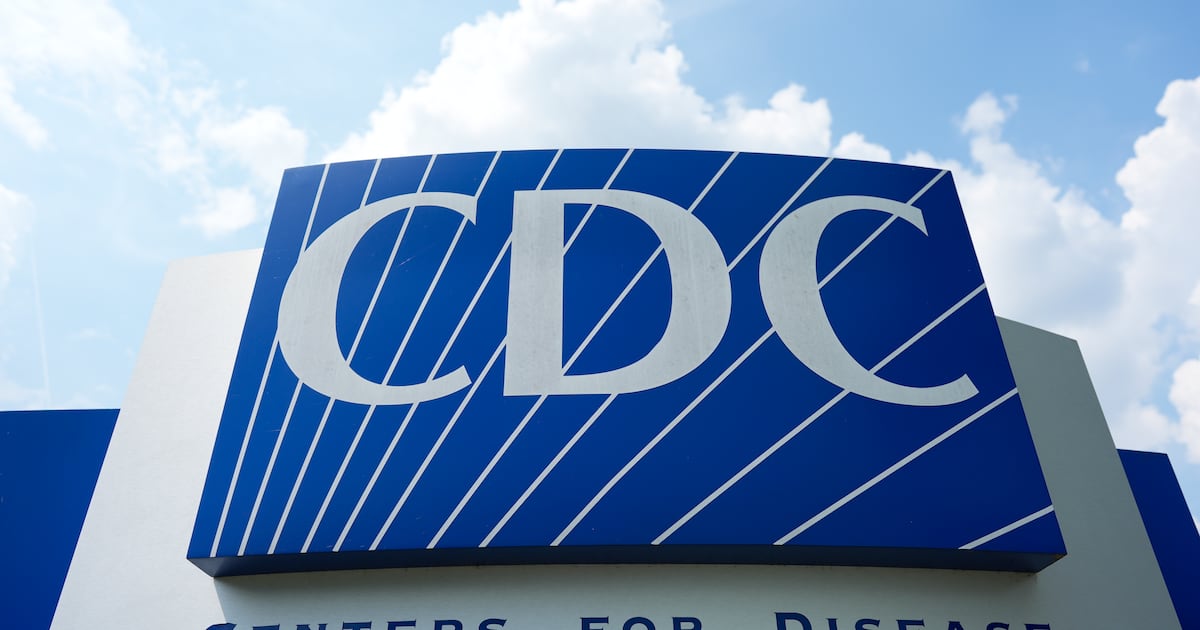T4K3.news
Liver disease rises among heavy drinkers in the U.S.
New study shows advanced liver scarring has increased significantly among heavy drinkers over the past two decades.

A study reveals significant liver disease increases among heavy drinkers.
Heavy drinking leads to alarming rise in liver disease among Americans
Recent research from Keck Medicine of USC shows that serious liver disease is rising among heavy drinkers in the U.S., with advanced liver scarring increasing from 1.8% to 4.3% over two decades. This increase is particularly notable among women and those over 45, despite no overall rise in alcohol consumption. The study analyzed data from more than 44,000 adults, finding that heavy drinkers’ health profiles have shifted to reflect more metabolic syndrome cases, indicating a greater risk of liver damage. Dr. Brian P. Lee, a liver transplant specialist and study author, highlights the silent nature of liver disease, as many affected individuals show no symptoms until the condition is severe. The researchers emphasize the need for re-evaluating definitions of heavy drinking to better align with global health recommendations, which suggest stricter limits than current U.S. standards.
Key Takeaways
"The fact that the risk not only increased but that it more than doubled is really astonishing."
Dr. Brian P. Lee emphasizes the significant rise in liver disease among heavy drinkers.
"Liver disease is silent. Most people won't, even if they have advanced liver scarring, have any symptoms."
Dr. Lee highlights the insidious nature of liver disease progression.
"We have shown in prior studies that you can develop liver disease at lower quantities than the U.S. threshold."
Dr. Lee points to the need for updated standards on alcohol consumption.
"This study raises a call to action for researchers and clinicians to better understand liver disease."
Dr. Sammy Saab underlines the urgency of addressing the findings of the study.
The findings from this study reveal a troubling trend as the demographic of heavy drinkers evolves, with women and older adults increasingly at risk. While the definition of heavy drinking has not shifted significantly, the rising incidence of liver disease calls for urgent attention from health practitioners. New screening guidelines may be necessary to address this challenge, as current U.S. standards may overlook those at risk. Furthermore, cultural factors that contribute to changes in drinking behavior suggest that societal shifts, such as the prevalence of ride-sharing services, might enable heavier drinking patterns. Delving deeper into these factors is essential to proactively manage liver health in a changing population.
Highlights
- We may need to rethink our understanding of heavy drinking today.
- This change in drinking demographics is truly concerning.
- Liver disease remains silent until it becomes severe.
- There's a push for stricter drinking guidelines moving forward.
Potential health crisis due to rising liver disease rates
The increase in liver disease among heavy drinkers, especially in women and older adults, poses significant public health risks. This shift raises concerns about current drinking guidelines and the need for better screening methods.
As the landscape of alcohol consumption shifts, so too must our approach to public health.
Enjoyed this? Let your friends know!
Related News

Alcohol use rises among women and health risks follow

Three out of five liver cancer cases are preventable

Young Americans face higher rectal cancer risk

Ex-vegan influencers promote organ meat supplements

Woman diagnosed with liver disease emphasizes dietary changes

Significant rise in sexually transmitted diseases reported

Rock icon Ozzy Osbourne dies at 76

Coca-Cola Introduces Cane Sugar Version Amid Health Debate
